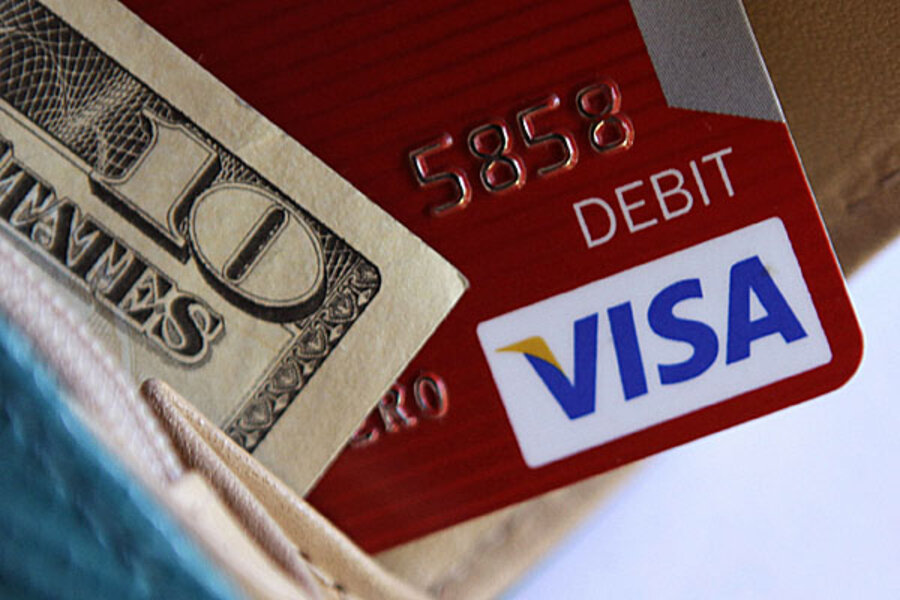Five tips for creating your first budget
Loading...
One of the first steps that people take when they first have their “financial epiphany” is that they assemble a budget.
There are countless templates and ideas and forms for making budgets out there, but they all come back to the same thing. A budget is a guide to help people make sure that they’re spending their money in a sensible fashion.
The vast majority of the time, a budget is made up of a list of items that a person needs (or wants) to spend money on during a given month. Each of those items is given an amount and, ideally, those amounts add up to less than the person’s monthly income. If it does not, then it means that some budget elements need to be reconsidered.
A budget based on reality can work really well. If you’re basing every item in that budget on real numbers that reflect your actual spending, a budget can be a great guide to financial recovery.
The problem is that when most people sit down to budget for the first time, they don’t really have those numbers. Often, they have no idea about those numbers.
Sure, they can sometimes go pull out monthly bills and figure out an approximation of what their utilities are and what their rent is, which helps.
However, many people who are just making their first budget often have little grasp on how much they spend on food, entertainment, and other expenses in a given month.
If they did, they wouldn’t be in a situation where they’re making their first budget.
This leads to another challenge: they have to come up with some sort of realistic number for those spots in their budget. They have to “ballpark” it. They want that number to be as accurate as possible, but they don’t have the resources to nail it exactly. The goal is to create a budget that’s actually somewhat close to reality.
Here’s how to make good estimates for your budget when you don’t have the exact numbers available to you.
First, estimate everything high. Never, ever lowball a spending estimate. Every time you do that, it will bite you badly.
You can use a budget to encourage yourself to lower spending in a particular area, but that only works if the budget is based on exact numbers, which you don’t have yet. So, for this first budget, estimate high.
Second, make estimates of the more important areas first. Estimate food before you estimate entertainment expenses, for example.
Third, use known statistics to help you estimate. For example, if you’re trying to estimate your family’s food cost, I’d use these statistics from the USDA. Since you’re estimating everything high, I’d use the “liberal” columns.
If you do not have any standardized statistics that you can use, look at your single most recent example of this kind of spending and then expand it out to a month, then add an additional 25%.
Fourth, add in your non-essential categories last and expand them only to fill the available space. If that means you have only $40 this month for entertainment, so be it. This is a call to you to figure out how to live for the next month on just $40 for entertainment.
Finally, remember that your goal is to try to come in under budget in these categories, which will help you to adjust the budget next month. The first month or two probably won’t provide you with much breathing room in your budget – nor should it.
What it should do is provide encouragement for you to find ways to live on less money. If you can figure out a way to reduce a budget line item by 10%, that means you can raise other line items as needed.
What you don’t want to do is go over your line items, especially at first. When you go over a budget item, that means you have to get the money fromsomewhere else – and if the budget is tight, that might be hard to do. That’s why it makes sense, especially at first, to estimate on the high end, start with essentials, and leave the non-essentials until last because you can control those quite tightly.
Good luck!






